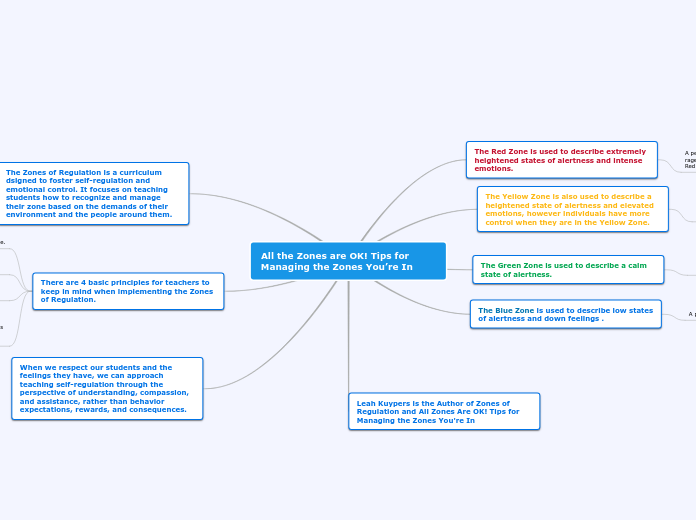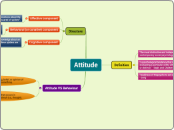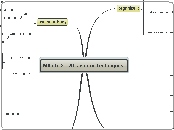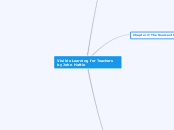da Eileen Carnevale mancano 5 anni
387
Activity 1.3 Mind Map
The concept of the Zones of Regulation categorizes emotional and alertness states into different zones to help individuals manage their feelings and behaviors effectively. The Red Zone represents extreme emotions and heightened alertness, such as anger or euphoria.









